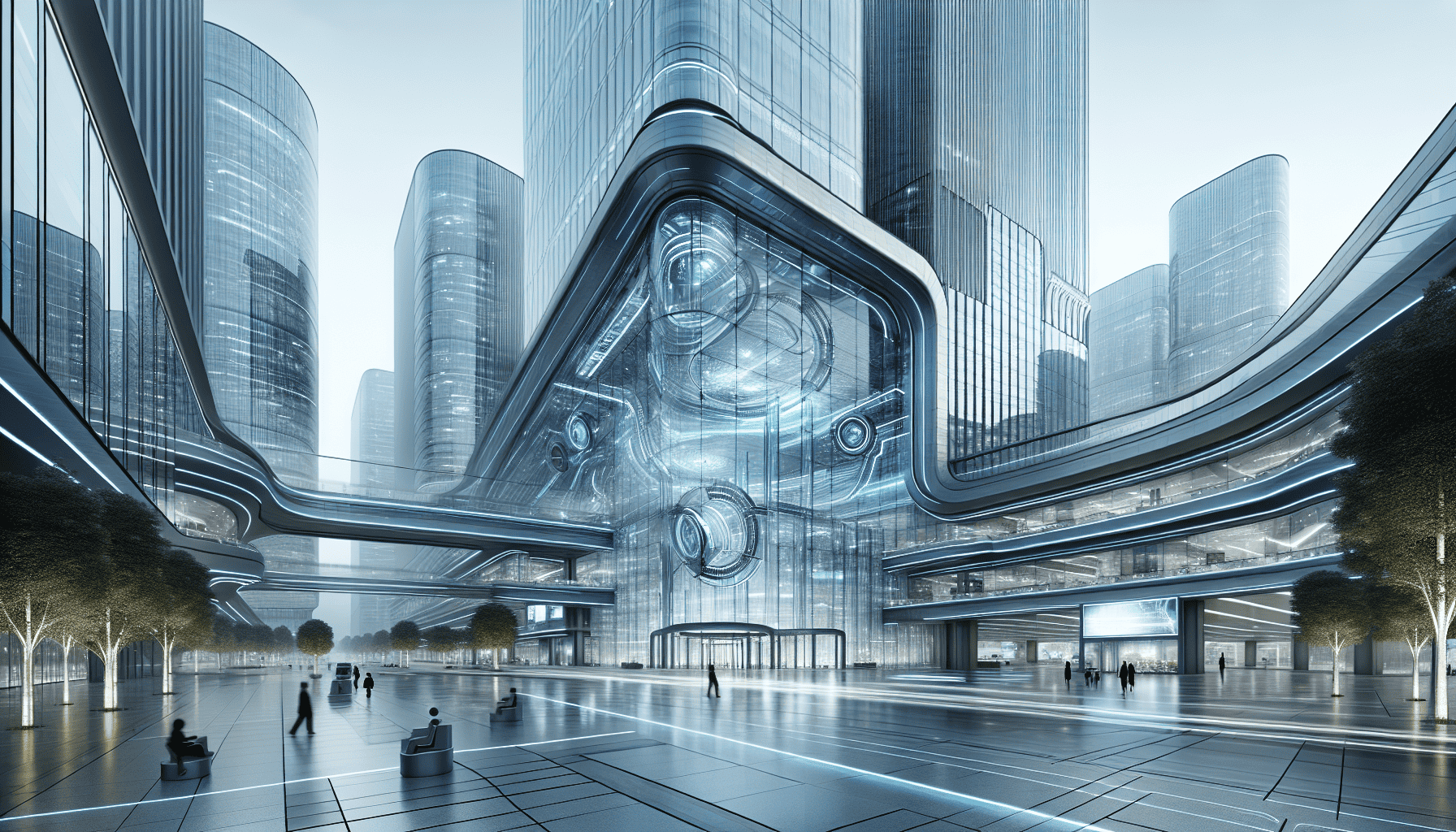In recent years, South African architecture has undergone a remarkable transformation, driven by the integration of cutting-edge technologies. This fusion of traditional design principles with innovative advancements is redefining the landscape, offering sustainable and aesthetically pleasing solutions that meet the demands of the modern world.
One of the most significant technological advancements is the use of Building Information Modeling (BIM). BIM allows architects, engineers, and construction professionals to collaborate more effectively by creating detailed 3D models of buildings. This technology not only enhances accuracy in design but also streamlines construction processes, reduces costs, and minimizes waste, which is crucial for sustainable development.
3D printing is another groundbreaking technology making waves in South African architecture. This technology enables the creation of intricate building components with precision and speed, while also allowing for the use of sustainable materials. By using locally sourced materials, architects can design structures that are not only environmentally friendly but also reflective of South Africa's unique cultural and geographic diversity.
Incorporating green building technologies is becoming a priority as well. The adoption of solar panels, wind turbines, and rainwater harvesting systems is helping to reduce the carbon footprint of buildings across the country. Energy-efficient design principles, such as passive solar heating and natural ventilation, are also being integrated into building plans to maximize energy efficiency and comfort.
Another major development is the use of virtual and augmented reality (VR/AR) in the design process. These technologies allow architects and clients to immerse themselves in a virtual version of the building before construction begins. This immersive experience provides a more profound understanding of the spatial dynamics and aesthetics of the structure, enabling more informed decision-making and reducing the likelihood of costly changes during construction.
Furthermore, South African architects are embracing smart home technologies. IoT (Internet of Things) devices are being embedded into buildings, enabling real-time monitoring and control of various systems such as lighting, heating, and security. This not only enhances convenience and security for occupants but also contributes to energy savings by optimizing resource usage.
Lastly, the evolution of materials technology is playing a crucial role. Innovations such as self-healing concrete and phase-changing materials are increasing the longevity and efficiency of structures. These materials adapt to environmental changes, reducing maintenance needs and improving overall building performance.
In conclusion, the integration of cutting-edge technologies in South African architecture is opening up exciting possibilities for the future. As architects and developers continue to experiment and innovate, they are creating a built environment that is not only sustainable and efficient but also deeply connected to the vibrant cultural and natural heritage of South Africa. This technological revolution promises to define the next era of architectural development in the region, setting new standards for the world to follow.
